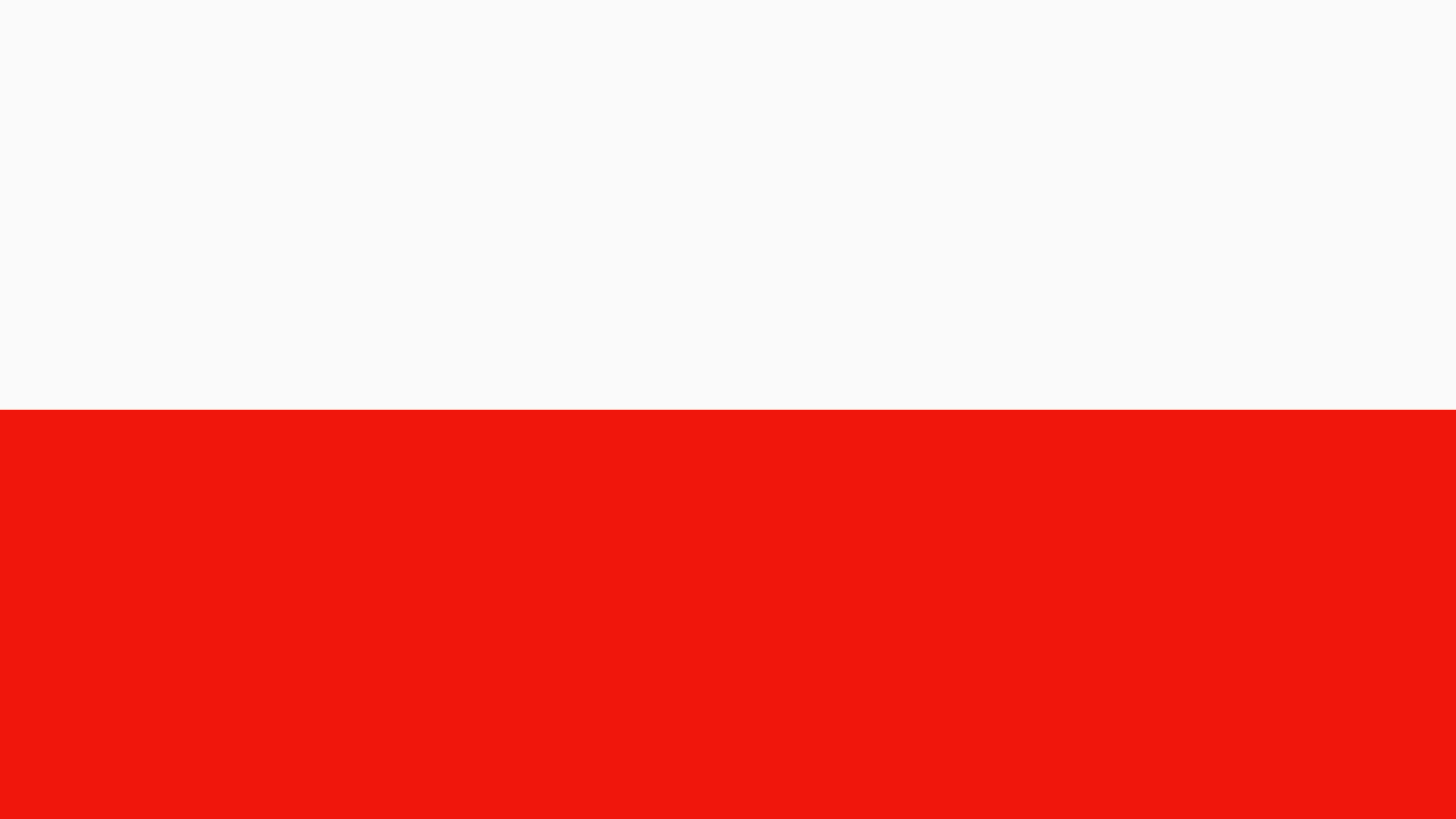Polish Translation

Polish Translation and Localization
TrueLanguage offers timely, precise Polish translation and localization services. We can handle virtually any type of translation project. Our team of professional linguists includes native speakers of Polish and certified subject matter experts who can perfectly translate material following your exact specifications. We use cutting-edge translation and project management tools and follow ISO 9001 standards, guaranteeing efficient, high-quality, and authentic results.
Z polskiego na angielski
Language Facts and Information
Polish Snapshot
Polish is a widely spoken Slavic language, ranking 26th in the world in terms of the number of speakers. It is the official language of Poland, the only country where it is spoken. The Polish language is written in Latin script, specifically the Polish alphabet, which includes 32 letters. Although there are regional variations and dialects of the language, most Polish speakers understand and speak the modern standard dialect known as “correct Polish.” While older rural populations may still use traditional dialects, the majority of middle-aged and young speakers use vernaculars that are very similar to the standard dialect. Polish is a beautiful and unique language, and its importance can be seen in its use in many aspects of modern-day society, including literature, music, and film.
Polish Facts and Trivia
Where it’s Spoken
Polish is the official language of Poland, where it is spoken as a mother tongue by most of the population. However, it is also spoken in other parts of the world by significant numbers of people in Eastern Europe.
Global Statistics
Polish is the official language of Poland, and most of the population speaks it as their mother tongue. The Polish language uses the Latin script, specifically the Polish alphabet. Although there are some regional variations of the Polish language, most first-language speakers can easily understand each other. The modern standard dialect is spoken and understood throughout the country. Furthermore, due to Poland’s proximity and shared borders with other countries, Polish has had a significant influence on other Slavic languages, as well as on German and Dutch. Additionally, Polish has exerted significant lexical influence on Ukrainian, particularly in the areas of abstract and technical terminology.
Impact of Polish Worldwide
The Polish language has significantly impacted the world in terms of business and diplomacy. As a language spoken by over 50 million people, including a large number of skilled professionals, Polish is an important language for international trade and commerce. Poland is a member of the European Union and has a growing economy in Central and Eastern Europe, making knowledge of the Polish language and culture valuable for businesses seeking to expand their reach in this region.
In terms of diplomacy, the Polish language has played a key role in Poland’s foreign relations and cultural exchanges with other countries. As a member of international organizations such as the United Nations and NATO, Poland participates in diplomatic discussions and negotiations on a global scale. Knowledge of the Polish language and culture can be helpful for diplomats and international relations professionals seeking to navigate these negotiations successfully. In addition, the Polish diaspora has contributed to the spread of Polish culture and language around the world, creating opportunities for business and cultural exchanges with other countries. Overall, the Polish language has had a significant impact on the world in terms of business and diplomacy, and its importance is likely to continue to grow in the future.
Regional Variations
Polish is traditionally divided into four or five main regional dialects. Greater Polish is spoken in the country’s western regions, while Lesser Polish is spoken in the southern and southeastern parts. Masovian is spoken throughout the central and eastern regions, while Silesian is spoken in the southwest. Some consider Silesian to be a separate language, distinct from Polish. While these regional dialects differ somewhat in pronunciation, vocabulary, and grammar, most first-language speakers have no difficulty understanding one another. However, older generations in rural areas may still speak traditional dialects that are less similar to the modern standard dialect.
Origin and History
The Polish language has a long and complex history. It began to emerge as a distinct language around the 10th century, largely due to the establishment and development of the Polish state. Mieszko I, ruler of the Polans tribe from the Greater Poland region, united a few culturally and linguistically related tribes from the basins of the Vistula and Oder before eventually accepting baptism in 966. With Christianity, Poland also adopted the Latin alphabet, which made it possible to write down Polish, which until then had existed only as a spoken language. Over time, the Polish language developed into distinct regional dialects, including Greater Polish, Lesser Polish, Masovian, and Silesian. Polish has also been influenced by other languages, including Latin, German, and Russian, and has influenced other Slavic languages, as well as German and Dutch, due to their proximity and shared borders. Despite periods of oppression and attempts to suppress the language, Polish has persisted as Poland’s important cultural and national symbol.
Summary
Since the Polish language is constantly evolving, you must have informed and highly experienced professional linguists for producing accurate and culturally appropriate translations. At present, Polish features approximately 140,000 words and adds numerous new words each year. Will you need a Polish translation that will easily be understood in all regions where the language is spoken? Or do you rather require a regionally specific translation? Select either our TrueGlobal or LocalVoice approach as appropriate.
Resources
Consider a Partnership with TrueLanguage
Are you looking for a partnership with a language service provider? If so, you may wish to consider TrueLanguage. We offer ISO-Certified state-of-the-art business translation services that are on budget, on time, and to your exact specification. Every time. Or perhaps you’re just looking for a cost-free, no-obligation estimate for your next translation project. Either way, we’d love to hear from you!


